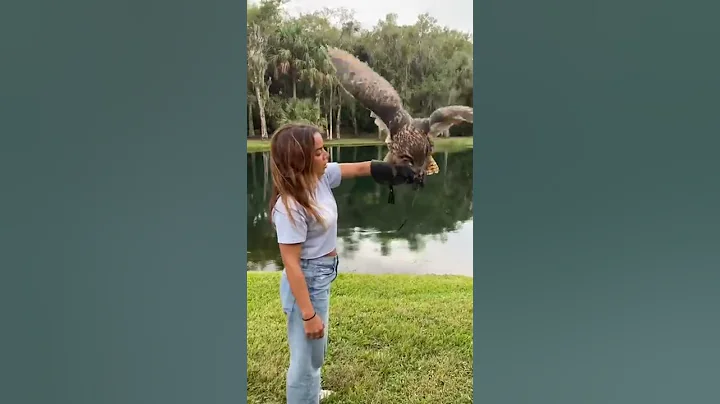A very small owl without ear hairs. There are no data on gender size differences. Brown and red forms appear. The red morph is dominant. It has a bright reddish-brown or maroon crown with soft pale spots on the forehead, sides of the head and nape; black "false eyes" edged with dull yellow to white above a brown collar. The rufous back and mantle have vague lighter and darker markings, and there are slightly pale rufous edges on the shoulder blades. The bright reddish-brown wings have narrow and pale dark-edged stripes, and the reddish-brown tail has five to eight dark yellow spotted stripes, with the edge of each spot slightly black or dark brown. Underneath, it has a narrow tan band across its throat, which is white from the neck to the center of its belly, and the breast's cinnamon tan or tan sides and flanks have broad but somewhat diffuse reddish-brown stripes. The pale reddish-yellow face plate has darker stripes from the eyes to the edge of the plate, the eyebrows are white, but there are no obvious wrinkles; the eye sockets and chin are white. The eyes are yellow, the mouth has yellow horns, and the brain is light yellow.

Tarsi has feathers on the bases of dirty yellow, bristly toes with yellow soles and dark claws with black tips. The brown morph has a similar feather pattern, but is generally brown to dark brown with whiter markings. Young downy chickens are white. The mid-conductor is similar to the adult insect, but the markings are less obvious, the pattern is more diffuse, the crown is grayer and unmarked, and the forehead is mottled. A long series of couplets is said, Püpühp-Püpühp-püpühp…, with emphasis on the second whistled note. Sounds different from mountain and costa pygmy owl.

feeds and hunts insects, small rodents and some birds. Inhabits mountain forests at higher altitudes. Produced in Mexico southern Chiapas to Guatemala and Honduras status and distribution. Its condition is unknown. Geographic variation haplotypes. This owl was previously thought to be a subspecies of the Mountain Pygmy Owl, but the separation showed a reason for the vocal differences; molecular studies will be needed to confirm the new taxonomic status.

A similar species, the heterogeneous Mountain Pygmy Owl, is darker in color, with small light yellow spots on its brown breast sides. The sympatric Ridgeway's Pygmy Owl has distinct pale shaft-like stripes on its crown and forehead. The geographically separated Costa Rican Pygmy Owl has a brown chest and flanks with white-brown spots and a large white area in the center of the chest and abdomen.






















